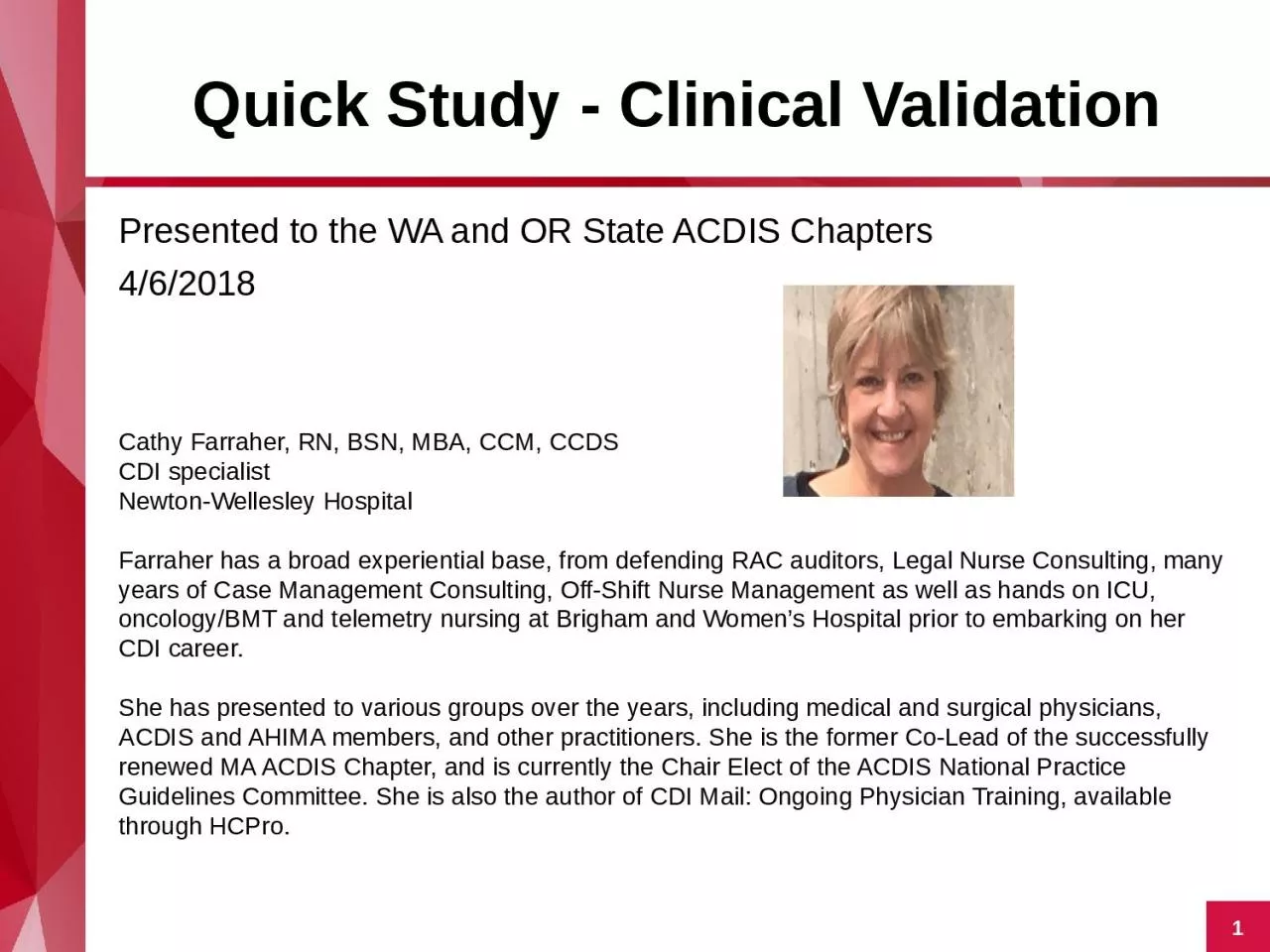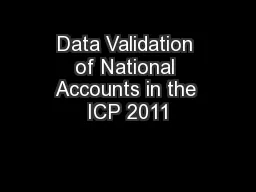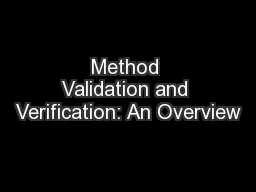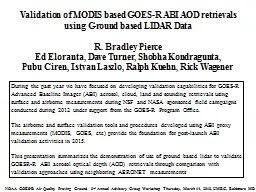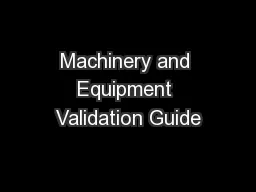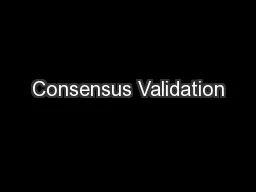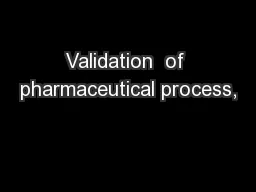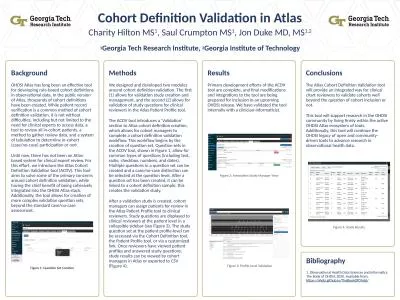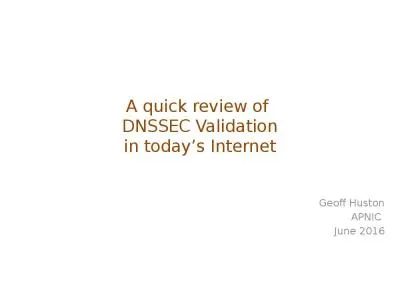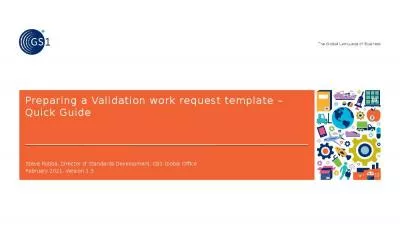PPT-Quick Study - Clinical Validation
Author : brianna | Published Date : 2024-03-13
Presented to the WA and OR State ACDIS Chapters 462018 Cathy Farraher RN BSN MBA CCM CCDS CDI specialist NewtonWellesley Hospital Farraher has a broad experiential
Presentation Embed Code
Download Presentation
Download Presentation The PPT/PDF document "Quick Study - Clinical Validation" is the property of its rightful owner. Permission is granted to download and print the materials on this website for personal, non-commercial use only, and to display it on your personal computer provided you do not modify the materials and that you retain all copyright notices contained in the materials. By downloading content from our website, you accept the terms of this agreement.
Quick Study - Clinical Validation: Transcript
Download Rules Of Document
"Quick Study - Clinical Validation"The content belongs to its owner. You may download and print it for personal use, without modification, and keep all copyright notices. By downloading, you agree to these terms.
Related Documents

